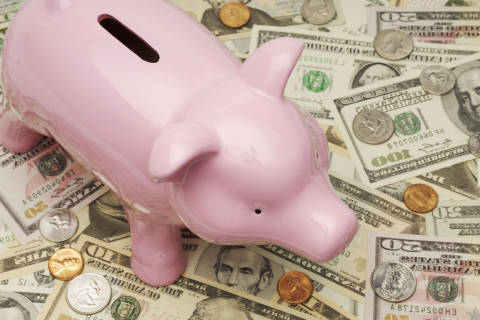After the spending spree that is holiday gift giving, and with prices still soaring for everyday items, saving more money is a top priority for many Americans in this new year.
According to online financial advisor Personal Capital, 31% of adults surveyed want to build up their emergency fund in 2023.
The Consumer Financial Protection Bureau recommends making a savings plan with small goals that are easier to keep.
First, set a specific goal for savings, and then calculate the amount you’ll need to set aside each day, week or pay period to reach your rainy day savings target. Setting up automatic recurring transfers in your bank account is an easy way to create a system for consistent contributions.
The bureau suggests brainstorming ways to cut expenses, like going out to eat less or switching to basic cable, to accommodate your weekly savings target.
Make sure to regularly monitor your progress, and don’t forget to celebrate your success when you do hit your goal – it’s important to recognize what you accomplish.
According to a recent PYMTS/Lending Club report, persistent inflation has forced more Americans to live paycheck to paycheck, with 63% of U.S. consumers saying they need their next paycheck to pay their bills.
The report found that the average cost for an emergency expense is $1,400, with almost half of consumers recently having faced such an emergency within the last 90 days.






